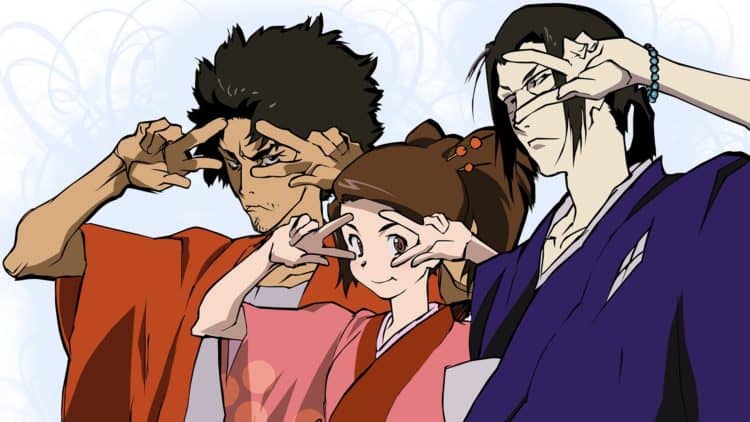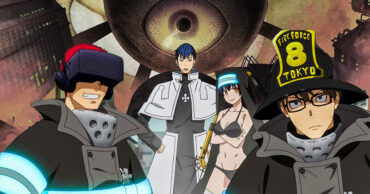
When it comes to anime creations, Sumarai Champloo is considered one of the greatest all time. If you are not a true anime fan, this read may be a little slow for you, but if you are an anime fan, and even better, if you are familiar with Samurai Champloo, then you will likely get a rush out of some of the things revealed in this short write up on Samurai Champloo. Because of the acclaim that this particular anime has received, we decided to create a list of 10 things that you will likely not know about this series that originally aired between 2005 and 2007.
1. It Addresses Some Serious Social Issues
Because of the animation aspect of the feature, some people automatically relegate animes to being immature and irrelevant, but this is rarely the case. They often carry deep and relevant messages – confronting social issues and challenging its viewers to escape from their dogmatic views. The series confronts a number of issues along the way to providing a lot of excitement and fun.
2. The Juxtaposition of Modern Quirks
This anime became famous for the interpolation of modern quirks in a more ancient setting. For instance, there is a scene in which there is someone beatboxing in a humorous setting and even in a surreal setting. It is these slight nuances that give the series its uniqueness and personality. By using modern interpolations, the writers are able to get younger audiences to connect with the show will little to no effort.
3. It Breaks Free From the Constricts of Traditional Samurai Anime
With most anime that deal with the era of the samurai, the focus is on the tradition, understandably so. The Samurai error was steeped in tradition and even today, the Japanese hold strongly to their ancient traditions. However, Samurai Champloo dares to venture out of the traditional fight scenes to explore some little known facts about the era.
4. The Influence of the Yakuza
If you are familiar with Japanese tradition, then there is no need to introduce the term yakuza; however, for those who are not that familiar with Japanese history, the Japanese Yakuza is the equivalent to the Chinese Triads, the Italian mafia, etc. What is interesting about this anime is that it explore the idea that the Yakuza co-existed in this era with the Samurai.
5. The Tragedy of Women Forced into Prostitution
As I alluded to earlier, this series dares to peek into the darkness and address issues that are controversial but nonetheless relevant – one of which is the issue of prostitution and how many women during that era were forced into the life against their will. Often times, this would be done in order to pay a debt their husband owed.
6. Homosexuality and Human Trafficking
There are many who would love to pretend as if homosexuality is something new – some sort of scourge brought on mankind because of the evolution of technology and the result of unbridled years. The truth is that homosexuality has a long history that reaches back thousands of years. There are some cultures in which it was not frowned upon – something we appear to be moving toward today. This series forces you to take notice.
7. Open-mindedness Is Not a New Concept
The show visits the idea that being open-minded and challenges current dogma and tradition is not as new as some would think. With there being so many things that could have cost someone their life during the Edo era, it is refreshing to discover that there were still people who were willing to risk it all to think outside of the box.
8. Hip-Hop and Funk
Another unique element of the production of the series was the insertion of Hip-Hop and Funk into the theme presentation. For most people, Hip-Hop and Funk are so far from the idea of traditional ancient Japan that you would think that it would not fit at all; however, the offset music genres serve to underwrite the non-conventional theme of the series.
9. Slight Variations in Art Style and Technique
It is extremely hard to understand and even more difficult to explain, but the art used in this production sports a fresh, yet slight variation from traditional anime artwork. I guess the break away from tradition was pushed to the very edge of what would be accepted. Despite the variations in artwork and the storytelling, the series build a huge following.
10. Baseball Game
This is why I love this series so much. Who would think to put a baseball game in the Edo era? Better yet, who would have the ability to pull it off. Yet, the writers and producers of Samurai Champloo consistency challenge the status quo and the notion of tradition in their version of the Years of the Samurai.
 Follow Us
Follow Us





